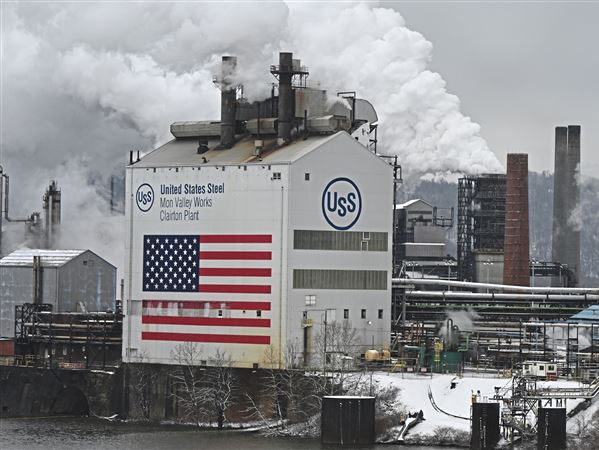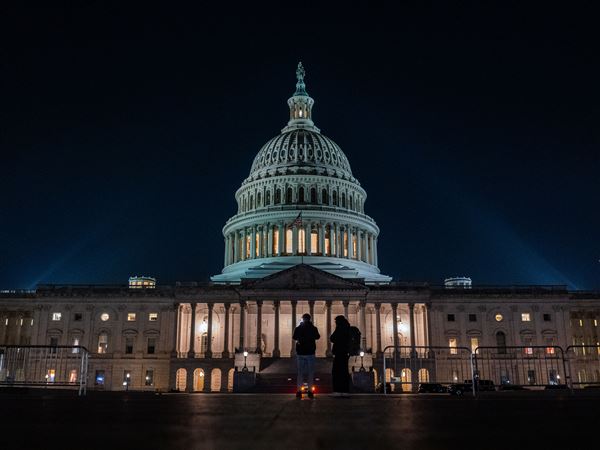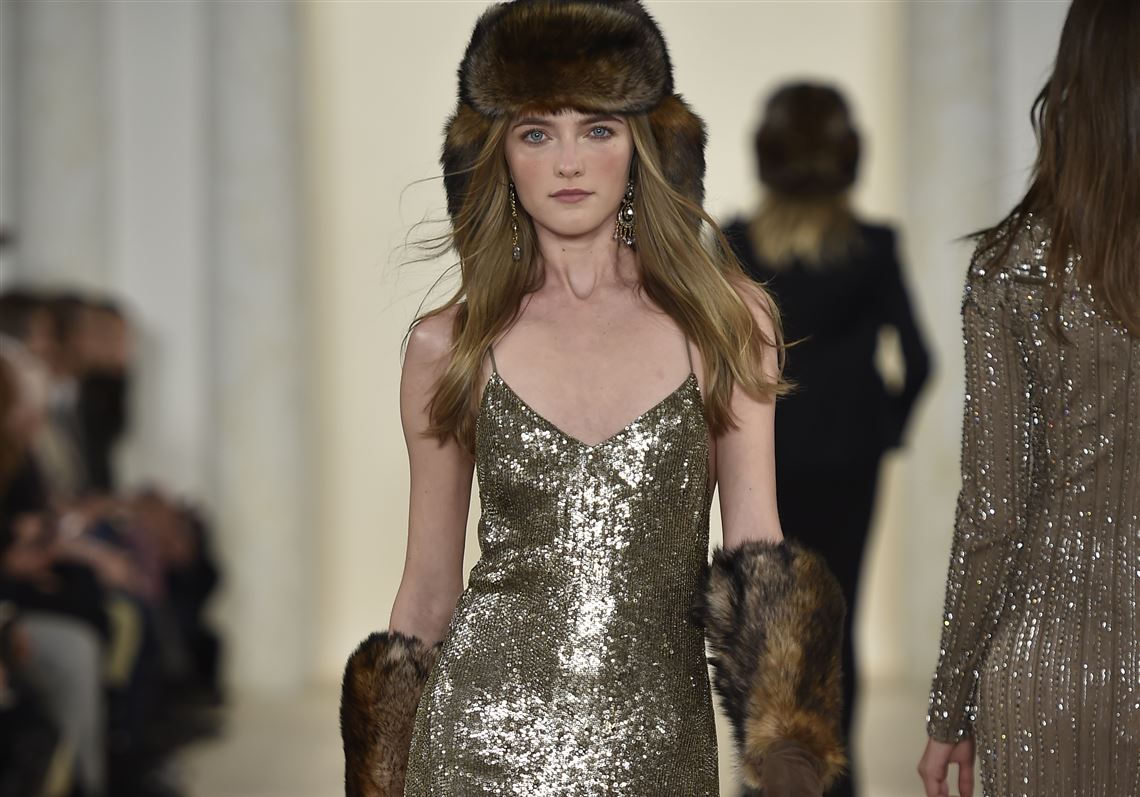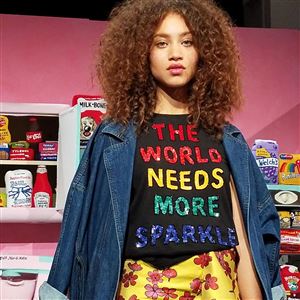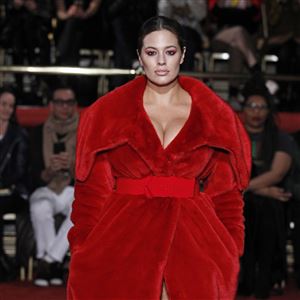With warm weather around the corner, it’s just about time to put the fur fashions away until fall. But there’s been an uptick in designers, magazines and even major cities that are putting them away for good.
Versace, Donna Karan, Nicholas K, Columbia Sportswear and Furla (an Italian handbag and accessories brand with a store in Pittsburgh International Airport) are some of the latest brands to give fur the boot. Last year, Michael Kors, Jimmy Choo, Gucci and VF Corporation (the parent company for several major labels, including Jansport, Nautica and North Face) did, too.
These bans have even gone beyond fashion brands. Some retailers — Stein Mart, Burlington and the luxury website NET-A-PORTER, to name a few — have adopted fur-free policies for their inventories. Meanwhile, the United Kingdom’s Linden Staub modeling agency announced it won’t provide models it represents for photo shoots or fashion shows where real furs are featured. It was the first agency to take a stance like this.
In March, San Francisco became the largest U.S. city to pass legislation that will forbid the sale of real fur in apparel and accessories come 2019. However, retailers who purchased by March 20, 2018 fur selections to sell in their stores next fall and winter will have until March 2020 to phase them out. West Hollywood, Calif., was the first U.S. city to take an action like this back in 2013, followed by California’s Berkeley in 2017.
Add to that list InStyle magazine. Editor-in-chief Laura Brown made the announcement in an Instagram post in early April, noting that she’s never allowed real fur to be in the magazine since she’s been at the helm, but now this will become an official policy for the publication.
So why the recent surge in outcries against fur fashions — and could we see ripple effects of it in Pittsburgh?
For Donatella Versace, it was because “I don’t want to kill animals to make fashion,” she told The Economist’s 1843 cultural magazine. “It doesn’t feel right.”
For Katy Tang, the elected official from San Francisco’s Board of Supervisors who authored the legislation, it was about educating the public about the reality of animal cruelty. A pescatarian herself, she was struck by how many millions of animals are killed for furs and the methods that have been used over the years to do it, including anal electrocution.
“I grew up really loving all animals and learned from an early age to respect living things, so that’s always been engrained in me,” she told the Post-Gazette. “Some people just don’t know about what goes on behind the scenes until you do more research about how your product gets to you.”
At Boutique la Passerelle, a women’s shop on Wood Street, Downtown, it’s common for shoppers to come in searching for alternatives to real furs and leathers. The store stocks a lot of vegan leather handbags and stays away from fur fashions “because, well, bunnies,” manager Anna Ciaccio said.
Pittsburgh’s two major fur carriers are Carl W. Herrmann Furs and the Fur Vault at Macy’s in Ross Park Mall. Macy’s issued the following statement to the Post-Gazette:
“We respect the view of individuals who chose not to buy or wear fur, we also respect the wishes of many others who are our customers and who wish to make such choices for themselves. Our stores offer a wide range of sections across many merchandise categories. This includes faux fur fashion products and items with faux fur trims. Macy’s is committed to ensuring our vendors obtain materials used in our products from responsible sources.”
The statement also noted that Macy’s leased vendor for furs requires that its suppliers “comply with a code of conduct regarding conditions for animals” and that it “requires compliance with fur product labeling regulations.”
Carl W. Herrmann’s owner was out of town and not available for comment; another store employee declined to comment on whether the store has noticed any changes in sales or shopping patterns.
Don’t expect to see a citywide ban on fur sales be passed in Pittsburgh anytime soon, though.
“We have to tread a very fine line with any legislation which seeks to regulate commerce. At this point such a bill is probably a little outside of our wheelhouse,” Neil Manganaro, chief of staff for Pittsburgh City Council President Bruce Kraus, told the Post-Gazette in an email. Mr. Kraus introduced a hotly contested bill in 2017 that led to the ban on using painful instruments, or any instrument that could inflict pain, on wild and exotic animals.
While traditional fur stores have seen gains in recent years — including $1.5 billion in sales in the U.S. in 2014, a 7.3 percent increase from 2013, reports the Fur Information Council of America — a number of designers have moved toward exploring innovative ways to create faux fur-like materials.
House of Fluff (houseoffluff.com) is a faux-fur lifestyle brand based in New York City with an emphasis on fair trade, ethical production. It launched in November under the direction of CEO/creative director Kym Canter and design director Alex Dymek, both veterans of high-end label J.Mendel, known for its luxurious furs. Ms. Canter was inspired to start the brand after slipping on a favorite vintage monkey coat one day and realizing, “Oh my god, this doesn’t match my ethics.” She’d amassed a collection of fur coats and sold 26 of them to start House of Fluff.
“We’ve gotten unbelievable feedback about our product,” Ms. Canter said. The brand tries to reduce its environmental impact footprint by using recycled materials and natural fibers as much as possible and is continuing to explore ways to create faux furs out of more sustainable fibers.
Pro-fur organizations, however, chalk up these bans to a lot of misinformation about the fur farming industry. Plus, they argue that some faux alternatives aren’t entirely safe, either, if they’re made from acrylic or microfibers that can be harmful to the environment.
“Good nutrition, comfortable housing and prompt veterinary care are absolutely essential for rich, lustrous, healthy fur. And if a farmer isn’t producing healthy animals, he goes out of business quickly due to inferior product,” explained Keith Kaplan, director of communications for the Fur Information Council of America.
He added that wild fur sales aid in wildlife management (or combatting overpopulation) and support families with jobs around the world. The council also questions the role of government in deciding if an entire city should purchase furs or not.
“It's freedom of choice. Provide the information and let the consumers make their choice,” Mr. Kaplan said. “If you do it for fur, how can you not do it equally for meat? And if you’re not [banning] meat, how can you do it for fur?”
Sara Bauknecht: sbauknecht@post-gazette.com or on Twitter and Instagram @SaraB_PG.
First Published: April 18, 2018, 4:00 p.m.

